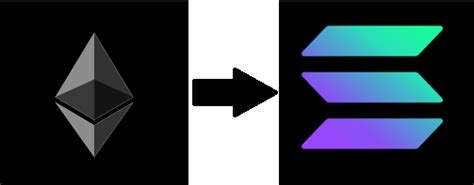Title: Can You Run a Miner to Confirm Transactions for a Target Address?
Introduction
As the popularity of cryptocurrencies like Bitcoin and Ethereum continues to grow, many users are looking for ways to validate transactions without relying on third-party exchange services. In this article, we’ll explore whether it’s possible to run a miner to confirm transactions for a target address.
Background
A miner is a computer program designed to solve complex mathematical problems in order to validate and verify the transactions made on a blockchain network. When a user initiates a Bitcoin transaction or an Ethereum transaction, these transactions are broadcast to the entire network, where they are verified by specialized nodes called miners. The goal of mining is to find a “solution” to a mathematical problem that requires significant computational power, which helps to secure the network and verify the transactions.
Can you run a miner to confirm transactions?
Unfortunately, it’s highly unlikely that someone can set up a miner to listen out for transactions in real-time. Here’s why:
- Network latency: Transactions are broadcast to the entire network, but they take time to propagate and be verified by miners. This means that it’s not possible to react quickly enough to incoming transactions.
- Transaction volume: The number of transactions being made is enormous, with billions of transactions per day on Bitcoin alone. This makes it impractical for a miner to verify every single transaction in real-time.
- Mining pool limitations: Most mining pools are designed to validate a certain number of transactions per second or minute. Simply running a miner that can verify transactions at an incredibly high rate would likely require an enormous amount of computational power and energy.
Can you run a miner to monitor transactions?
While it’s not possible for someone to set up a miner to confirm transactions in real-time, there are some scenarios where you might be able to use a mining rig to monitor transactions:
- Data aggregation: You could use a mining rig to aggregate data from multiple sources and create a dashboard or analytics platform that shows the number of transactions made over time.
- Transaction monitoring

: Some miners offer transaction monitoring services, which can alert users to new transactions being added to the blockchain in real-time.
Conclusion
In conclusion, while it’s technically possible to use a mining rig to monitor transactions on a cryptocurrency network, it would require an enormous amount of computational power and energy. If you need to quickly validate transactions for personal use or as part of a small-scale project, there are better alternatives available.
If you do decide to build your own miner, please be aware that:
- You will likely incur significant costs in terms of hardware, electricity, and maintenance.
- You may not get the same level of scalability or security benefits as using an established mining pool.
- Be aware of any local laws or regulations regarding cryptocurrency mining.
Additional resources
If you’re interested in learning more about cryptocurrency mining, I recommend checking out the following resources:
- Bitcoin Stack Exchange: A Q&A forum for Bitcoin enthusiasts and developers.
- Ethereum Developer Documentation: The official documentation for building applications on the Ethereum blockchain.
- Cryptocurrency Mining Guides: There are various guides and tutorials available online for learning more about cryptocurrency mining.


